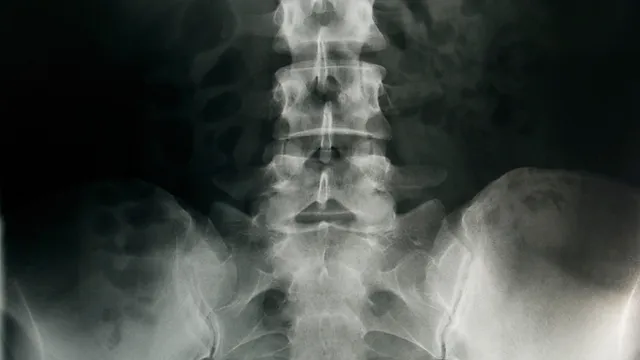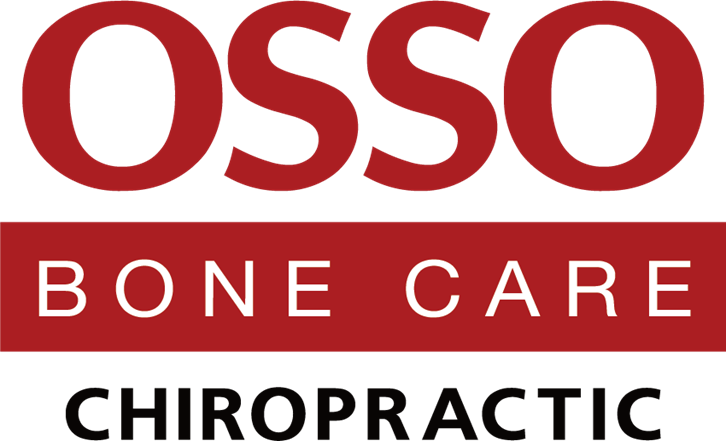How a Prolapsed Intervertebral Disc Affects Your Spine and Back Pain
For many cases of back pain, a spinal protrusion is seen as a shared symptom among patients with musculoskeletal issues. Better known as slipped disc, a prolapsed intervertebral disc (PID) can cause pain and discomfort most common in the L5-S1 and L4-L5 spinal locations. Some patients even have prolapsed discs att 2 levels (L3/L4, L4/L5 andL4/L5, L5/S1).
In this article, we’ll explore what PID is, how it affects the body, how Chiropractor diagnose it (including the role of X-rays), and what treatment options are available.
What is a Prolapsed Intervertebral Disc (PID)?
The spine is made up of a series of bones called vertebrae, which are separated by discs that act as cushions. These discs, made of a tough outer layer and a soft, gel-like center, absorb shocks and help the spine remain flexible.
A prolapsed intervertebral disc occurs when the inner material of a disc bulges out through a tear in the tough outer layer. ‘Prolapsed’ here means to be displaced from its normal position, especially outwards. This can put pressure on nearby nerves, causing pain, numbness, and weakness in the affected area.
The exact condition of someone’s prolapsed intervertebral disc may vary due to the cause, whether it’s an injury or general degeneration.
Symptoms of Prolapsed Intervertebral Disc (PID)
Symptoms of PID can vary widely depending on the location of the prolapse and how much pressure is being exerted on the surrounding nerves. Pain is usually concentrated in the corresponding area of the affected disc such as the cervical (neck), thoracic (upper back), or lumbar (lower back) region.
Nerve Compression
In some cases, you might feel sudden, sharp pain in your back, often radiating down your leg (sciatica), or it could be a persistent dull ache.
Numbness
Affected areas may experience sensations of “pins and needles” or numbness. This is common in limbs served by the compressed nerve. For example, a lumbar disc prolapse may cause numbness in the lower back, buttocks, legs, or feet.
Muscle Weakness
Nerve compression can impair signals to muscles, leading to weakness. Doing things like gripping objects, walking, or standing on toes or heels may become difficult, depending on the area of nerve involvement.
The longer the condition is left untreated, the more likely it is to cause nerve damage and permanent complications.
PID Spine and PID Back Pain
Pain from a herniated disc may be acute but can become chronic if the disc does not heal or if the nerve irritation persists. Movements or activities that increase spinal pressure often trigger flare-ups like ‘electric shocks’.
Why X-Rays Are Often Used for PID Diagnosis
When it comes to diagnosing PID, X-rays are commonly used to review the current overall condition of your spine. X-rays primarily show the bones of the spine, so they’re good for detecting bone fractures, arthritis, or other structural issues in the spine, which your doctor may rule out during your consultation. These bone-related problems can sometimes present with similar symptoms to PID, so it’s important to eliminate these possibilities before moving forward with other diagnostic tests.
Prolapsed Intervertebral Disc X-ray

In addition, an X-ray can give Chiropractor a general idea of the condition of the spine, including any narrowing of the spaces between the vertebrae, which could indicate degenerative disc disease or other problems that could contribute to PID.
Non-invasive Treatment Options for PID
Flexion-Distraction Technique
Utilizing Osso’s very own Osso Flexion Distraction Adjustment Technique ® , we employ a specialized method for treating disc degeneration through gentle spinal stretching to alleviate pressure on the nerve and spinal disc. Repeatedly flexing the spine opens the gap of the disc to increase space between vertebrae, decrease disc pressure, increase opening for the nerves to relieve pinched nerves. This treatment is very crucial for disc degeneration as it helps to increase mobility.
Unlike surgical interventions, the Flexion-Distraction Technique is a non-invasive procedure, making it a favorable option for many seeking conservative care. This technique holds promise in providing relief for individuals suffering from PID.
Spinal Decompression Therapy
Osso 3D Spinal decompression therapy, a chiropractic treatment method utilizing an advanced computer-controlled traction system that involves stretching the spine gently to thicken and heal the spinal disc. As the decompression table pulls and relaxes repeatedly, it creates a “pumping effect” that rushes nutrients, blood, and oxygen into the disc. This influx of essential elements forces unwanted wastes out of the disc, promoting healing and strengthening the disc in the process.As the disc heals and thickens, it becomes more resilient and better able to withstand the pressures and stresses placed on the spine during daily activities.
By promoting strengthening, healing and thickening of the disc, spinal decompression can provide relief. Chiropractors utilize specialized equipment to perform this technique, customizing the treatment to address individual conditions and symptoms effectively, as it is the best alternative before resorting to a surgery.
Drop Table Technique
The drop table technique in chiropractic treatment involves a specialized table segment that’s strategically raised and then swiftly dropped during adjustments. This method allows for a gentle and controlled adjustment of the spine to target disc degeneration and other spinal issues effectively.
Chiropractors use the drop table technique to pinpoint specific adjustment areas of the spine with accuracy, aiding in the correction of spinal alignment. The controlled dropping motion requires less force, making it a comfortable option for patients experiencing disc degeneration. Patients often find the drop table technique to be both comfortable and effective in reducing pain and improving spinal alignment.
Consult Our Chiropractors About Possible PID
Prolapsed intervertebral discs (PID) can be incredibly painful and disruptive, but understanding the condition and how it’s diagnosed is the first step in managing it. X-rays are often part of the diagnostic process.
If you think you might have a PID or slipped disc, it’s important to see an expert who can evaluate your symptoms and recommend the best course of action for treatment. Our chiropractic center in KL can help with symptoms and pain relief. With proper care, most people can find relief from the pain and regain their mobility, leading to a better quality of life.

